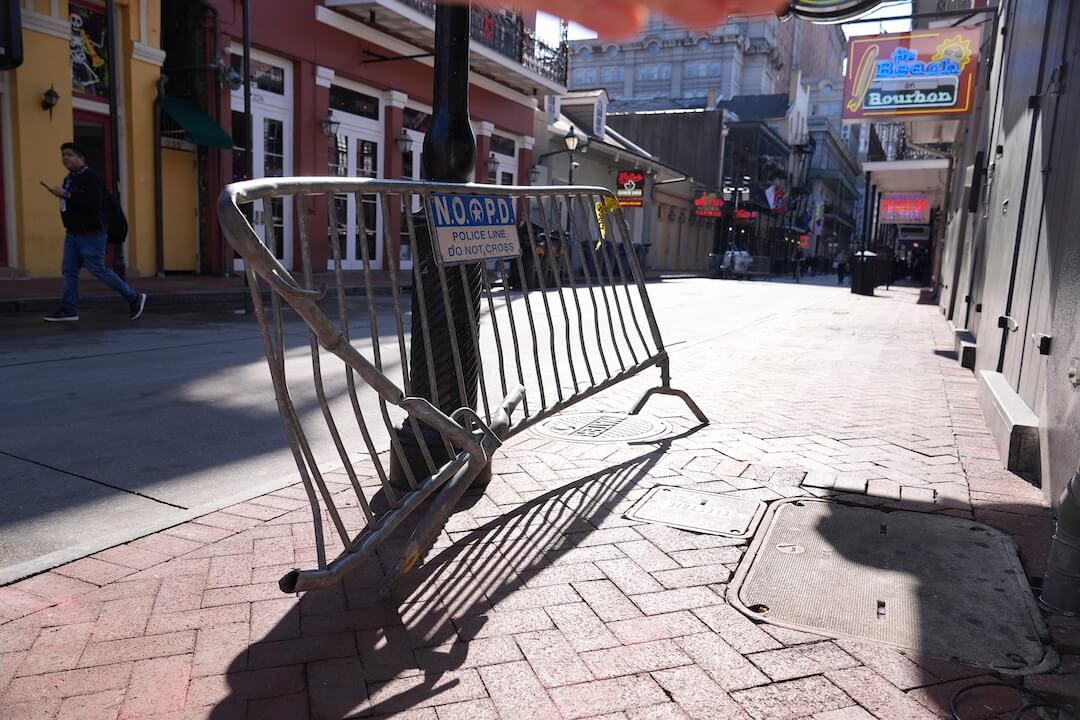
- Middle school students in the journalism workshop at Harrisonburg High School. (Photo by Valerie Kibler)
Audrey Knupp’s first shot at journalism begins like this: “Knowing Megan Fitzwater (‘Fitz’), you wouldn’t expect her to have a pink room. Her personality is much more tomboyish. Throughout her life, Fitz has won numerous awards for basketball and rowing and received offers to play basketball in college. Now she is a James Madison University student who coaches basketball at Thomas Harrison Middle School (THMS). And her room is still pink.”
The seventh-grader gets to the story behind that in the next paragraph. And she got to the story itself through a nine-week program at Harrisonburg High School, which brings middle schoolers into the Harrisonburg, Va., high school once a week to learn about journalism.
Valerie Kibler, Harrisonburg High’s journalism teacher and The Newsstreak’s adviser, started the program last year to help students at nearby middle schools learn about a high-school elective that can get lost in all the other classes available.
“These kids are being tracked so early that they don’t even know the other electives that are offered to them,” Kibler told Poynter in a phone interview. Often, she said, students find her journalism class in 10th or 11th grade, meaning they don’t have much time once they’ve found it.
Kibler is treasurer of the Virginia Association of Journalism Teachers and Advisers, state director of the Journalism Education Association and on the board of the National Scholastic Press Association. In 2010, she won the Dow Jones News Fund Journalism Teacher of the Year award.
After winning that award, Kibler told the News Fund that “the first thing that comes to my mind is that every person has a story. I try to make it apply to the people on staff, too. We always attract such an eclectic group of people who aren’t friends in the hall necessarily but the things that they do as a staff create a bond.”
With the middle-school workshop, Kibler’s journalism students do most of the teaching, showing the younger students (who range from fifth grade to eighth) how to interview, use social media, take photos and shoot video.
One goal is to teach the middle-schoolers “how to find a story in something or someone,” said Rafael Snell-Feikema in a phone interview. A senior and online editor-in-chief, Snell-Feikema plans to study creative writing and chemistry in college.
“I think it would have been good for me to have something like this,” he said.
“I think what makes the class so different is that we’ve produced something on our own, and we’re fully accountable for that,” said Luke Gibson, also a senior and online editor-in-chief. “It’s one of the few classes I’m taking that emulates real life.”
Gibson told Poynter in a phone interview that he plans to study film in college, but connects with the storytelling that journalism offers.
For the remaining weeks of the workshop, students will accompany their high-school mentors to sports practices and live-tweet, shoot photos and video, and write profiles. And in a few years, they could show up again in Kibler’s classroom.
“That’s the hope,” she said.
Teaching journalism also helps her students become better leaders, Kibler said, and makes the things they’re practicing clearer — such as remembering that everyone has a story, and your job is to ask the questions that bring it to light.
Questions such as, “Why are your walls pink?”
The answer, Knupp reports, is that Fitzwater went away to camp one year and knew her parents were going to remodel the room.
“She asked them to paint it ‘anything but pink’,” Knupp writes. “But all they heard was pink.”








Comments